4 Ways Therapy Can Change a Family’s Dynamic
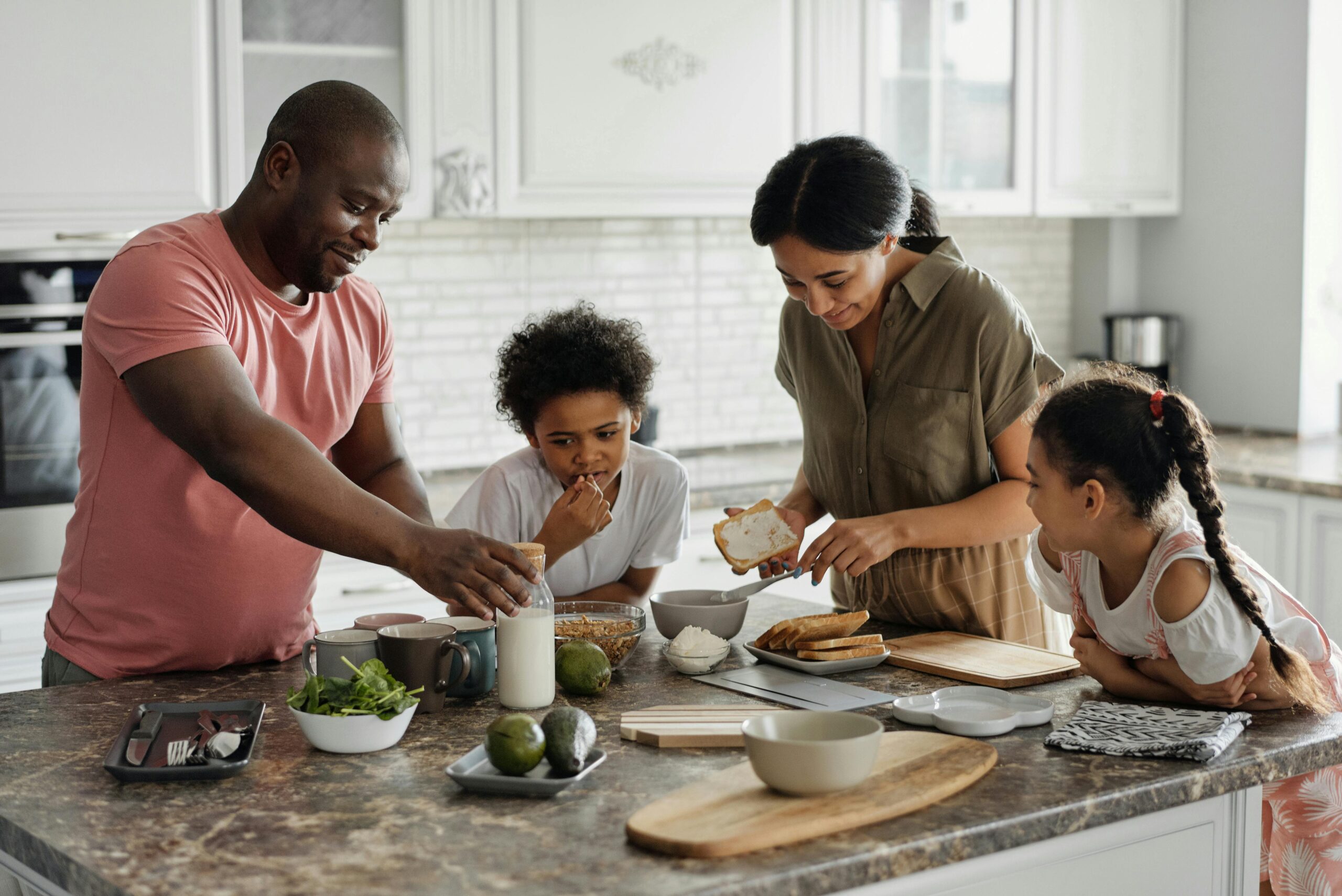

Family dynamics are the patterns of interaction and relationships among family members. These dynamics can significantly impact the well-being of each individual and the family. When these patterns are unhealthy or strained, therapy can be a transformative tool to help families navigate challenges and build stronger, healthier relationships.
Here are four ways therapy can change a family’s dynamic.
1. Improved Communication Skills
One of the most significant benefits of family therapy is improving communication skills among family members. Poor communication often leads to misunderstandings, conflicts, and unresolved issues. Therapy provides a safe and structured environment where family members can learn and practice effective communication techniques. These techniques include active listening, expressing thoughts and feelings openly yet respectfully, and using non-verbal cues effectively.
Therapists guide families in developing these skills, helping them to break down barriers and foster a more open and honest dialogue. As communication improves, family members can better understand each other’s perspectives, which can reduce conflicts and build stronger connections.
2. Conflict Resolution
Conflict is a natural part of any relationship, but unresolved or poorly managed conflicts can severely strain family dynamics. Therapy helps families develop healthy conflict-resolution strategies. A therapist can teach family members how to approach disagreements constructively, focus on problem-solving rather than blame, and develop empathy toward each other’s viewpoints.
Families can practice resolving conflicts in a safe environment through role-playing and other therapeutic techniques. Over time, these new skills can become ingrained, leading to a more harmonious household where conflicts are addressed promptly and effectively, rather than festering and causing long-term damage.
3. Enhanced Emotional Support
Family therapy emphasizes the importance of emotional support within the family unit. Often, family members may struggle to provide the support needed because they are dealing with their own emotional issues or because they do not know how to offer it effectively.
Therapists work with families to identify emotional needs and develop strategies to meet these needs. This can include learning how to provide validation, offering comfort, and being present for each other during difficult times. By enhancing emotional support, families can create a nurturing environment where every member feels valued and understood.
4. Strengthened Bonds and Relationships
Therapy can strengthen family bonds by fostering a greater sense of understanding and appreciation for each other. Through therapeutic exercises and discussions, family members can explore their individual roles within the family, recognize each other’s strengths, and acknowledge the contributions each person makes to the family dynamic.
This process of recognition and appreciation can lead to stronger relationships and a more cohesive family unit. By addressing underlying issues and promoting positive interactions, therapy helps families build a solid foundation of trust and mutual respect, which is essential for long-term harmony and stability.
Why Children are Never Too Young For Therapy
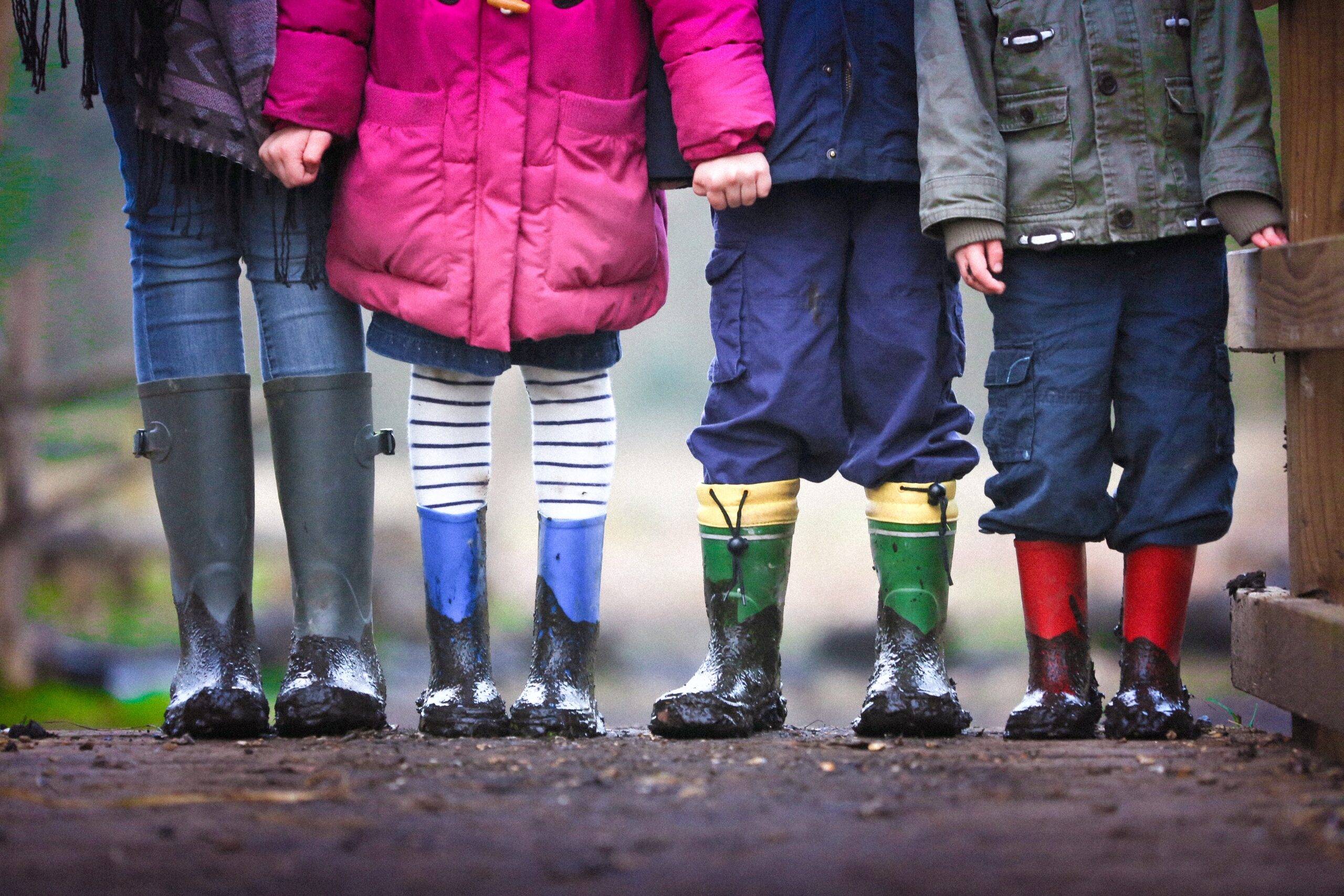
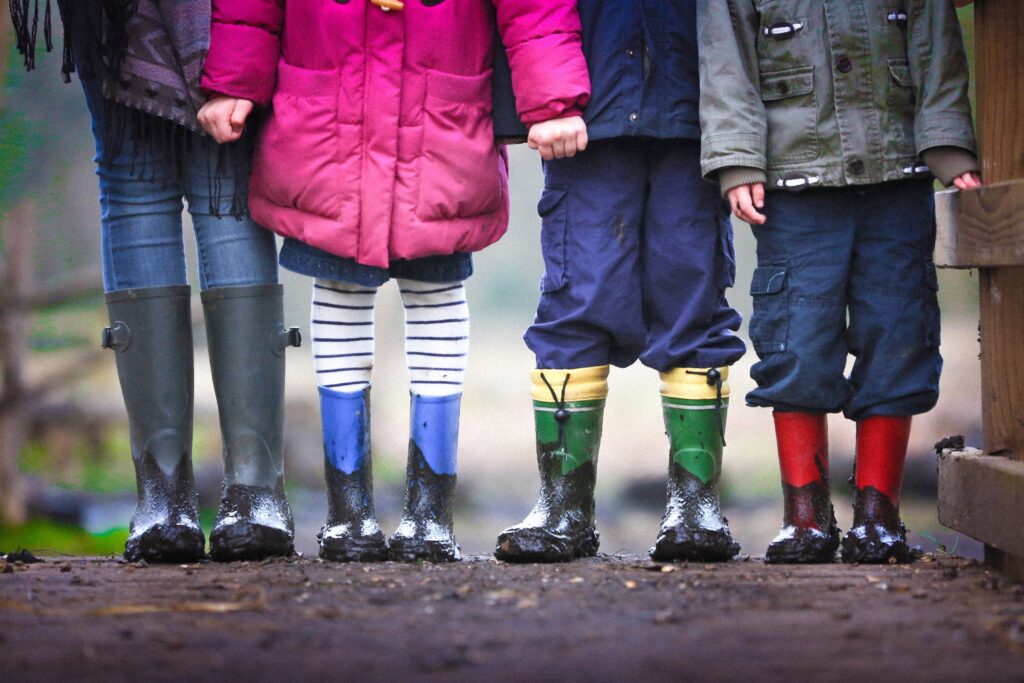
It’s important to recognize that therapy doesn’t have an age limit.
While the idea of children undergoing therapy may raise eyebrows for some, the truth is that addressing mental and emotional well-being from a young age can be a transformative and empowering experience.
Early Intervention = Lasting Results
Just as we prioritize regular check-ups for physical health, the same principle applies to mental health.
Early intervention allows therapists to identify and address potential issues before they become more deeply rooted. By working through challenges early on, children can develop healthy coping mechanisms that will serve them well into adulthood.
Building Emotional Resilience
Childhood is a time of rapid emotional development.
Therapy provides children with a safe and nurturing environment to explore and understand their emotions. Learning to navigate feelings such as anxiety, sadness, or anger with the guidance of a trained professional equips children with the emotional resilience needed to face future challenges.
Navigating Life Transitions
Children, like adults, experience various life transitions—whether it’s moving to a new school, the birth of a new sibling, or parents that are divorcing. Therapy can be instrumental in helping children navigate these changes, providing them with tools to adapt and grow in the face of uncertainty.
Fostering Healthy Communication Skills
Effective communication is a pillar of healthy relationships.
Therapy offers a space where children can express themselves freely and learn how to articulate their thoughts and feelings. Developing strong communication skills early on sets the stage for better interpersonal relationships in the future.
Addressing Behavioral Concerns
Some children may exhibit behavioral issues that can be challenging for parents and educators to understand and manage.
Therapy can uncover the underlying causes of such behaviors and offer strategies to address them constructively. It’s important to view behavioral challenges as growth opportunities rather than indicators of a child being “too young” for therapy.
Supporting Parents and Caregivers
Therapy isn’t just for the child; it’s also a resource for parents and caregivers. Professionals can offer guidance on effective parenting strategies, help manage expectations, and support the entire family unit.
Creating a Stigma-Free Environment
Normalizing therapy from a young age helps break down the stigma associated with seeking mental health support. When children grow up understanding the value of emotional well-being, they are more likely to continue prioritizing their mental health as they enter adolescence and adulthood.
The 5 Benefits to Family Therapy


A healthy decision to make as a family is the decision to embark on the journey of family therapy. Family therapy can help your family to understand and appreciate each other better.
Here are five benefits that family therapy can offer.
Improved and Effective Communication
Family therapy provides a structured and supportive environment for family members to express their thoughts and feelings.
One of the biggest foundations in all relationships is having good communication. In a family that is struggling, a therapist can help identify communication patterns, improve listening skills, and facilitate healthier ways for family members to interact with each other.
This enhanced communication can lead to better understanding and empathy among family members, which will make everyone happier.
Conflict Resolution
Families often face conflicts and disagreements.
In family therapy, these conflicts are addressed and resolved by identifying their underlying causes. A therapist can guide the family in finding constructive ways to manage and resolve conflicts, fostering a more harmonious and supportive family dynamic.
Enhanced Problem-Solving Skills
Family therapy equips family members with problem-solving strategies and coping mechanisms.
Families can develop effective problem-solving skills that extend beyond the therapy sessions by working together to identify and address challenges. This can lead to a more resilient and adaptable family unit.
To Understand and Be Understood
Being understood is one of the greatest feelings. Attending family therapy encourages a deeper understanding of each family member’s perspective, experiences, and needs.
This understanding can reduce misconceptions and promote empathy within the family. By exploring individual and collective experiences, families can develop a greater appreciation for each other’s uniqueness and strengths.
Building Stronger Relationships
Family therapy aims to strengthen family bonds and relationships.
Family members can develop a sense of connection and unity by fostering a supportive environment. Through therapy, families can work on rebuilding trust, improving intimacy, and creating a foundation for healthier relationships.
Benefit from Family Therapy Today
It’s important to note that the benefits of family therapy can vary depending on the specific issues being addressed and the commitment of family members to the therapeutic process. People have to want to change—this cannot be forced.
Additionally, the skills and insights gained in family therapy can extend beyond the family unit. This can have a positive impact on individual well-being and relationships outside the family.
For more information about family therapy or questions, contact the experienced therapists at Psychological Preventative Health today!
Back To School Therapy Tips To Help Transition
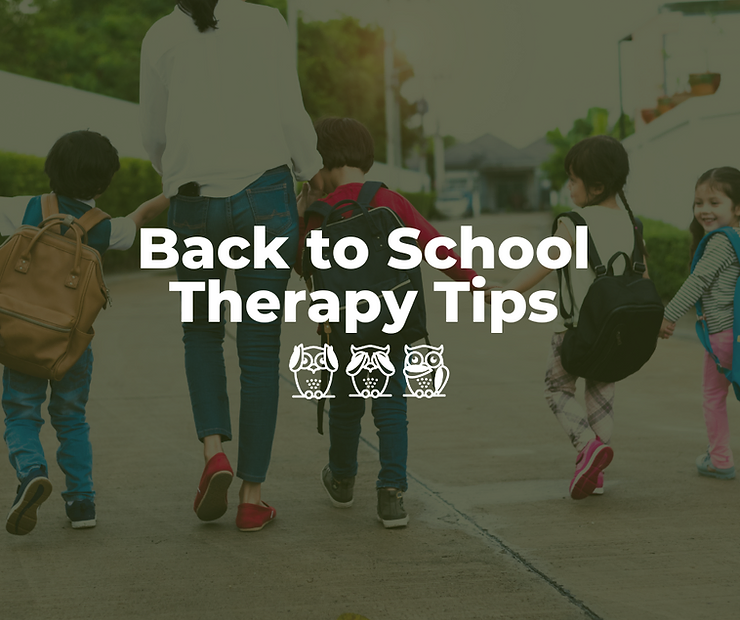

Help Yourself and Your Children Transition Back to School
This is a time of year when there are so many changes for kids, teens, and parents alike. Returning to school brings new and old friends, activities, learning, expectations, and grades. All of that is the added stress of social media, being a kid, family member, and parent.
Okay, writing that started to bring some flashbacks of school…phew! This post is hopefully going to provide ideas, tips, and general direction for kids, teens, and parents to help navigate the coming school year.
Mentally Prepare Yourself and Your Child for The School Year
Going into the school year is a big transition time and everyone involved in this process needs to be on the same page. The ideas to prepare and plan for our life skills, time commitments, education priorities, mental health, and play – giving them chances to be a kid. These things become complicated when expectations are kept silent or one-sided.
Taking time to break each of the above areas down will help parents and caregivers have an idea of how to help their kids and teens.
Priorities to Consider
Life skills examples include planning, organizing, cleaning, communication, boundaries, and responsibility.

Time commitment examples include sitting down together and going through all 168 hours you and your child have in one week. Consider all 24 hours in a day and really help them look at how their time is spent. Look for opportunities to have transition time between school, activities, and homework.
Education priority examples include everyone setting realistic expectations for performance.
Openly discussing learning ability, factors that can impact that, and really having an open min on both sides to accepting limits as well as pushing limits when appropriate.
Mental health is so crucial for kids and teens. The amount of stress, environmental factors, friends, bullies, and social media are all so much to handle. Managing times for breaks; discussing anxiety, suicidal thoughts, depression, and self-harm; support systems; and normalizing conversations and acceptance of these things can open so much in having your kid or teen come to you.
Play examples include time with friends, rest, fun activities, creativity, and using imagination.

With all the things to consider going into a new school year remember that everyone at home is going to have some high emotions during the first 6-8 weeks and then things hopefully will even out.
Keep in mind that home can become a safe place for kids and teens when they know, and trust parents are on their side with their best interests in mind. Invest the time now to be able to create a successful school year for everyone.
How to Manage Your Child’s Emotions
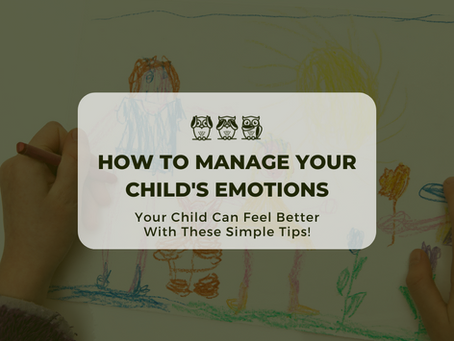
Your Child Can Feel Better With These Simple Tips!
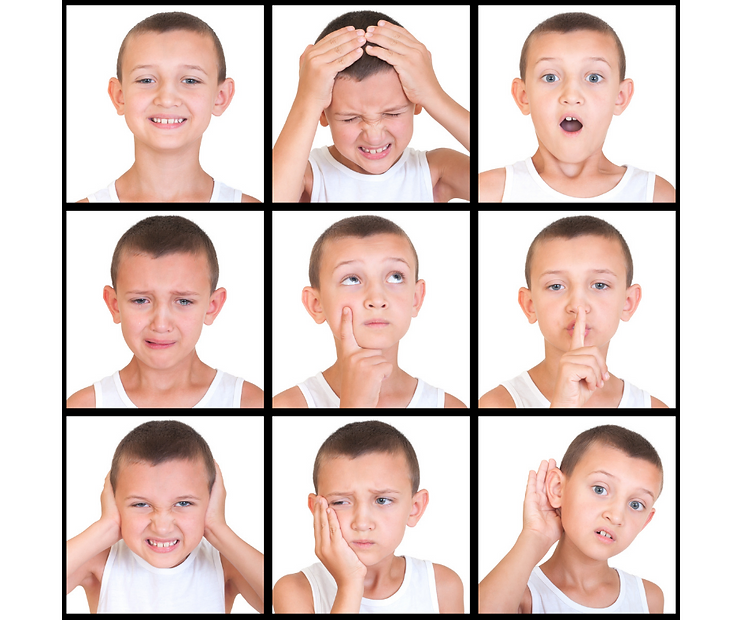
1. Set up a Routine: Make sure backpack, clothes & homework are ready the night before. Have a family meal time or family fun time each day. Let your child know the plans for the next day.
2. Stay Calm: Even if your child is begging you, crying & melting down. Your child can sense your anxiety. Put on your “Game Face” and remain positive. Focus on your child’s strengths instead of their weaknesses. Help them follow through with their obligations whether it is with a playdate, school, church, or home.
3. Do NOT avoid your child’s fears: Help your child face their fears. Avoiding the “thing” that causes your child’s fear will only make it worse! Letting your child stay home from school because they don’t want to be away from you will only make it harder the next time. There may be tears, tantrums & sad faces but know that with time then that will go away. The best way to conquer anxiety is to face anxiety!
4. Be Prepared: Making sure that your child’s homework is done, tests are studied for & materials ready will help ease their anxiety. Many times, students are not wanting to come to school because their homework is not done & missing more school will only increase that worry adding upon their stress. Whatever your child’s fear is, you can help them feel more prepared and confident.
5. Teach your child strategies: Children can be taught strategies at a young age to help deal with their anxiety. They will need your help & guidance on how to use these strategies because children won’t know how or when to use them on their own. Strategies include deep breathing, fidget or sensory toys, positive self-talk, & relaxation or mindfulness methods.
6. Cut down Screen Time: Studies show that our screen time increases anxiety and depression and decreases social skills. Your child should have a maximum of 45-60 min of screen time a day (This does not include screen time for school or homework)! Use technology as a tool rather than a distraction. Encourage them to go outside and play.
7. Good Sleep: Make sure that your child is getting enough sleep at night. A good bedtime for elementary students is 8:30. This allows them to at least get 10-12 hours of sleep. Make sure they are not on electronics at least an hour before bedtime. This will help their brains relax and regulate their melatonin levels, which helps them sleep better.
8. Healthy Diet: Our food is our fuel. Studies show junk food increases anxiety and depression. If our children aren’t eating healthy, they won’t be able to function. They will be more restless, anxious & emotional. Healthy food will improve anxiety and depression.
Resources for Anxiety and other Emotions
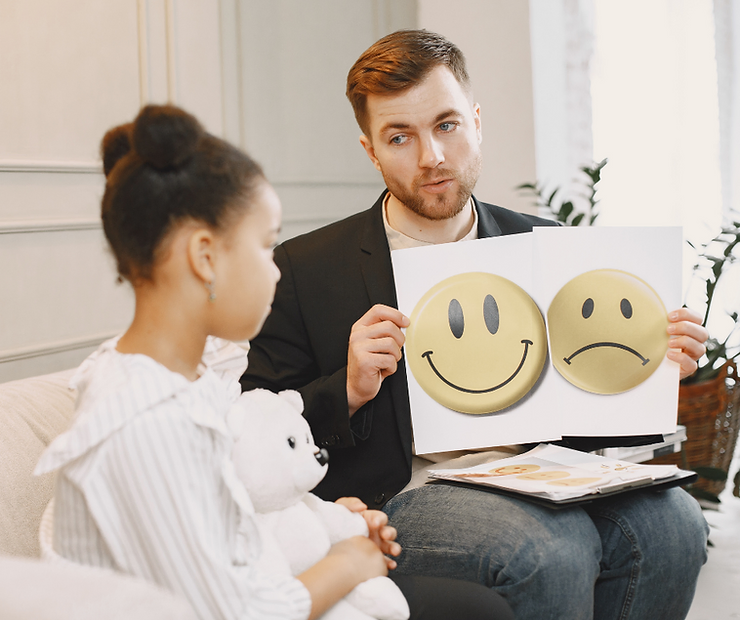
Technique’s
Any Mindfulness technique could be helpful. You can use these or google different ones
Techniques: Any Mindfulness technique could be helpful. You can use these or google different ones
● The Color Game-Find everything in the room that’s a certain color, then go to the next color
● Come back to the 5 senses- example: 5 things you can see, 4 things you can hear, 3 things you can touch, 2 things you can smell, 1 thing you can taste
● Sing your thoughts to the tune of Happy Birthday or say them in a funny voice (Like Minnie Mouse)
● Lock up your worries in a worry box in your mind, then set a worry time to open up the box and talk about your child’s worries
● Take deep breaths with your child In for 4 seconds, out for 4 seconds
● Tell your safety brain “That’s a lie” then tell your brain true information (ex: List the people at school who care about your child if your child is afraid of school)
● Give your child a stress ball or sensory toy to play with while they talk to you
● Imagine every detail of your happy place or memory like you were actually there
Books:
● Workbook to do with your child- What to do When you Worry too Much by Dawn Huebner or What to do When you don’t want to be apart by Kristen Lavallee, What to do When Fear Interferes, What to do when your temper flares, What to do When Mistakes Make you Quake, What to do when you Grumble too Much, What to do when Bad Habits Take Hold, etc (There is a whole series of these books for different emotions you can search What to do workbooks for kids)
● The Illustrated Happiness Trap by Russ Harris-Easy read for adults with some techniques to help the worries
● You can Google “Books to help kids with anxiety (or whatever emotion)” and a long list of helpful books come up
Websites:
● Mind yeti- guided mindfulness for kids https://mindyeti.com/power-portal
● Yogamedo youtube channel- Yoga for kids helps them learn some skills to de-stress
● www.cosmickids.com or Cosmic Kids.com on youtube
● Worry Wise Kids-Info on anxiety for parents www.worrywisekids.org
● NAMI- Info on anxiety https://www.nami.org/
● Google “mindfulness techniques for kids” online
● Youtube relaxing music with fish on youtube- Have your child focus on the fish when upset
Free Apps:
● Relaxio (White noise app)
● Stop, Breathe, and Think (guided mindfulness app based on your mood)
● Headspace (General guided mindfulness/meditation app)
● Mind yeti app (Goes along with the website mentioned above)
● Mindful Family
● Insight Timer
● Smiling mind
● My Strength- free classes, tips, and trackers for mental and physical well-being
● SafeUT- 24/7 therapists you can call, text, or chat with- you can also send in tips of someone who may need help
Community Resources:
● SAFE-FAM- Free Mobile Response and Stabilization services for any child or caregiver ○ 1(833) SAFE-FAM (723-3326)- They come into your home and work with your child for free ● Call 2-1-1 for more resources for children and adults
8 Mindfulness Activities You Can Do as a Family

Mindfulness is a simple, yet powerful way to relieve stress and help with emotional regulation, and there are so many benefits for children and adults. You can practice mindfulness regularly (even if you are feeling good) to enhance the wellbeing of your family. Here are ten simple tricks you can try with your family (You can think of some of your own too!):
1. Take a listening walk Go someplace (backyard, nature, the mall, etc) and walk together in silence, listening for sounds you typically overlook: leaves rustling, a pine cone falling from a tree, your own steady breath. To make it more fun, you can turn paper cups into amplifiers by cutting a hole in the sides of two cups and putting them over your ears.
2. Take a 30 second vacation Imagine every detail of where you want to go on vacation (can also be your happy place or a happy memory) as if you were actually there in your mind. What can you see, taste, touch, and smell while you are there? You can do this as long as you would like.
3. Savor some silence During a period of enforced quiet, go through your regular routine, and see what you hear, see, smell, and feel in the silence.
4. Try a sitting meditation A formal meditation can be difficult for kids (and adults!). But it is very effective— The most common form of meditation is to focus on the breath. You can have your family focus on their breathing, or find a guided meditation on an app or website (Stop, Breathe, and Think, Mind Yeti, Insight Timer, Headspace, Smiling Mind, and Mindful Family are a few.)
5. Play the Color Game While you are walking outside or sitting inside, you can play the color game with your children. Find everything in the area that is a certain color, then you can go to the next color. You can also play this game with patterns (stripes, polka dots, lines, etc) numbers, letters, and shapes. This game helps calm the mind and bring us back to the present.
6. Really taste what you’re eating Be in the present moment with the taste, textures, and temperature of foods that you are eating. Focus on how it feels to chew or sip in your mouth. Ask everyone to spend the first few minutes of certain meals silently noticing the food in their mouth. If your mind wanders to something else, simply bring it back to the present moment.
7. Listen Carefully/Spend Time Together Without distractions like TV, social media, phones, or electronics, be fully engaged as you listen to each other and spend time with each other. Notice how you feel about each other when you do this.
8. Notice your body A “body scan” is a great way to notice how your body feels in the present moment. Sit or lie with your kids and, starting with the toes, silently or out loud bring awareness to one body part, until you’ve worked your way up to the top of your head. If you want, you can have each person describe how a specific body part feels (ex: “I’m focused on my stomach, and it feels rumbly,” or “I’m focused on my left toes, and they feel tingly.”)
11 Tips to Parent Your Anxious Child by Anne Marie Albano, PhD

1. Respect and validate your child’s feelings. Anxiety is real and not pleasant.
2. Teach your child deep, slow breathing. This is an easy and very portable skill for self-soothing and calming.
3. Listen to your child and ask, “Tell me what you are thinking.” This will help to reveal scary thoughts and scenes that build up in your child’s mind.
4. Rather than swooping to reassure, ask your child, “How likely is (that thing you are afraid of) to happen?” You’ll be teaching them to challenge their anxious thinking.
5. Prompt your child with “Tell me some things you can do to handle this situation,” and help them to brainstorm rather than just giving them solutions. This will help them feel empowered.
6. Give up the idea of “mental health days,”“skip days,”“sleep with mom nights,” or other ways of avoiding feared situations. This just makes the anxiety stick more firmly and lead to further avoidance.
7. Encourage your child’s attempts to be brave, no matter how small they may seem to you. Use labeled praise such as “I’m so proud of you for sleeping in your own bed last night.”
8. Work with your child to outline small steps leading to a bigger goal.
9. Create opportunities for your child to practice being brave and coping, and then high-five their efforts.
10. Recognize when you are anxious and say aloud what you can do to calm down and solve the situation. You’ll be modeling coping for your child, but be mindful and don’t overshare your anxiety!
11. Use a feelings chart to talk about how you feel, and model it for your children, “I feel sad because I burnt dinner.”



